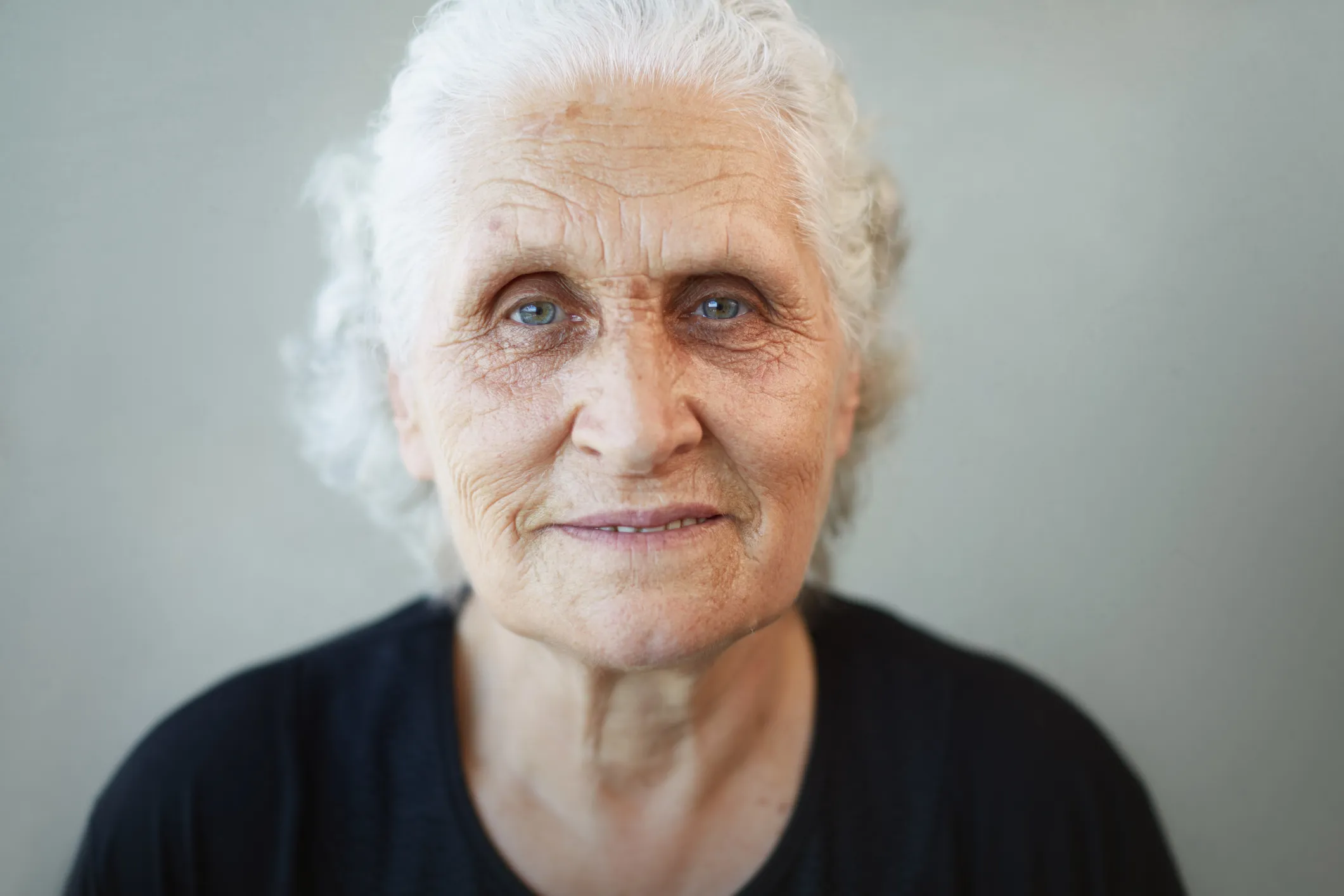Corticosteroids, plain (eye)
| Type | Recommendation |
|---|---|
| When to deprescribe | |
| CBR |
We suggest deprescribing be offered to older people using ophthalmic corticosteroids for over 6 to 8 weeks whose symptoms have resolved or are stable and are unlikely to recur (e.g. after post-operative healing). |
| GPS |
Deprescribing decisions should be made in consultation with the person and their treating ophthalmologist and/or optometrist to ensure it aligns with their preferences, goals and overall treatment plans (ungraded good practice statement). |
| Ongoing treatment | |
| CBR | We suggest continuing ophthalmic corticosteroids in older people who have chronic steroid-responsive sight-threatening ophthalmic diseases (e.g. uveitis or chronic cystoid macular oedema) or who have previous corneal transplants or glaucoma incisional surgery to prevent corneal graft rejection and manage wound healing, with treatment and duration guided by the treating ophthalmologist and regular monitoring to balance benefits and risks. |
| How to deprescribe | |
| CBR |
We suggest tapering ophthalmic corticosteroids in proportion to the duration of use and clinical indication. Short-term use (< 3 weeks) at usual doses generally does not require tapering. For treatment lasting three weeks or more, we suggest a gradual reduction in dosing frequency each week. If used for more than three months or in refractory disease, tapering should be even slower, by reducing frequency every two to four weeks. Tapering should be carried out by reducing the frequency of use rather than the number of drops, as patients should only instil one drop at a time. If rebound of inflammation or symptoms occur, return to approximately 75% of the previously tolerated dose until symptoms resolve and plan for a more gradual taper with the patient. |
| Monitoring | |
| CBR |
We suggest close monitoring by the treating ophthalmologist and/or optometrist for rebound intraocular inflammation or symptom recurrence for two to four weeks after discontinuing ophthalmic corticosteroids, with longer monitoring for those with refractory disease or prolonged use. Beyond this period, ongoing monitoring should be determined using shared decision-making based on the severity of their condition and/or symptoms. We suggest advising patients to inform their healthcare providers of any concerning symptoms. |
CBR, consensus-based recommendation; GPS, good practice statement
Ophthalmic corticosteroids are effective in managing selected allergic and non-infectious ocular inflammatory conditions, including postoperative inflammation [211]. As with other steroids, ophthalmic corticosteroids suppress the immune system and may increase the risk and the severity of an infection or delay healing [211].
For more detailed principles underpinning safe and effective medication management relevant to optometrists, please refer to the 2024 guide for Quality Use of Medicines for Optometrists developed by Optometry Australia [798]. This document outlines the roles of optometrists within their scope of practice in relation to prescribing, reviewing, and, where appropriate, ceasing medications in partnership with patients and other healthcare providers. It supports a person-centred and collaborative approach to care, which aligns with the overarching principles of this deprescribing guideline.
We were unable to identify any direct evidence related to the deprescribing of ophthalmic corticosteroids in older people from the systematic review and meta-analysis. Recommendations are provided in this section following a Delphi consensus process.
For older people using ophthalmic corticosteroids for over six to eight weeks whose symptoms have resolved or are stable and are unlikely to recur (e.g. after post-operative healing), deprescribing should be considered. Chronic use of ophthalmic corticosteroids may lead to a greater risk of cataracts and glaucoma [211]. For chronic ocular inflammatory conditions (e.g. uveitis or chronic cystoid macular oedema), steroid-sparing immunosuppressive agents may be considered for maintenance therapy. If ongoing ophthalmic corticosteroids are considered appropriate for people with chronic steroid-responsive sight-threatening ophthalmic diseases or those who have previous corneal transplants or glaucoma incisional surgery to prevent corneal graft rejection and manage wound healing, treatment and duration of ophthalmic corticosteroids should be guided by the treating ophthalmologist and regular monitoring (including optometry review) to balance benefits and risks.
For conditions such as allergic conjunctivitis, initial management should include minimising allergen exposure, therapy with oral antihistamines or intranasal corticosteroids (effective for nasal obstruction and also reduce ocular symptoms), saline eye drops, eye washes [799]. Anti-inflammatory eye drops such as corticosteroids should only be used to treat allergic conjunctivitis under specialist advice [799]. If ophthalmic corticosteroids are used, close supervision by a specialist should be in place with plans for transition to non-corticosteroid treatments once acute symptoms have improved, including medicines with antihistamine and/or mast cell stabilising properties.
The tapering and monitoring approach is based on pharmacological rationale and clinical experience, considering the likelihood of rebound intraocular inflammation or symptom recurrence. The requirement for tapering ophthalmic corticosteroids generally depends on the duration of use and clinical indication. For short-term use (< three weeks) at usual doses for indications where rebound inflammation or symptom recurrence are unlikely generally does not require tapering. For treatment lasting three weeks or more, a gradual reduction in dosing frequency should be undertaken each week. If used for more than three months or in refractory disease, tapering should be even slower. Close monitoring of symptoms should be undertaken after discontinuing ophthalmic corticosteroids, with longer monitoring for those with refractory disease or prolonged use.
